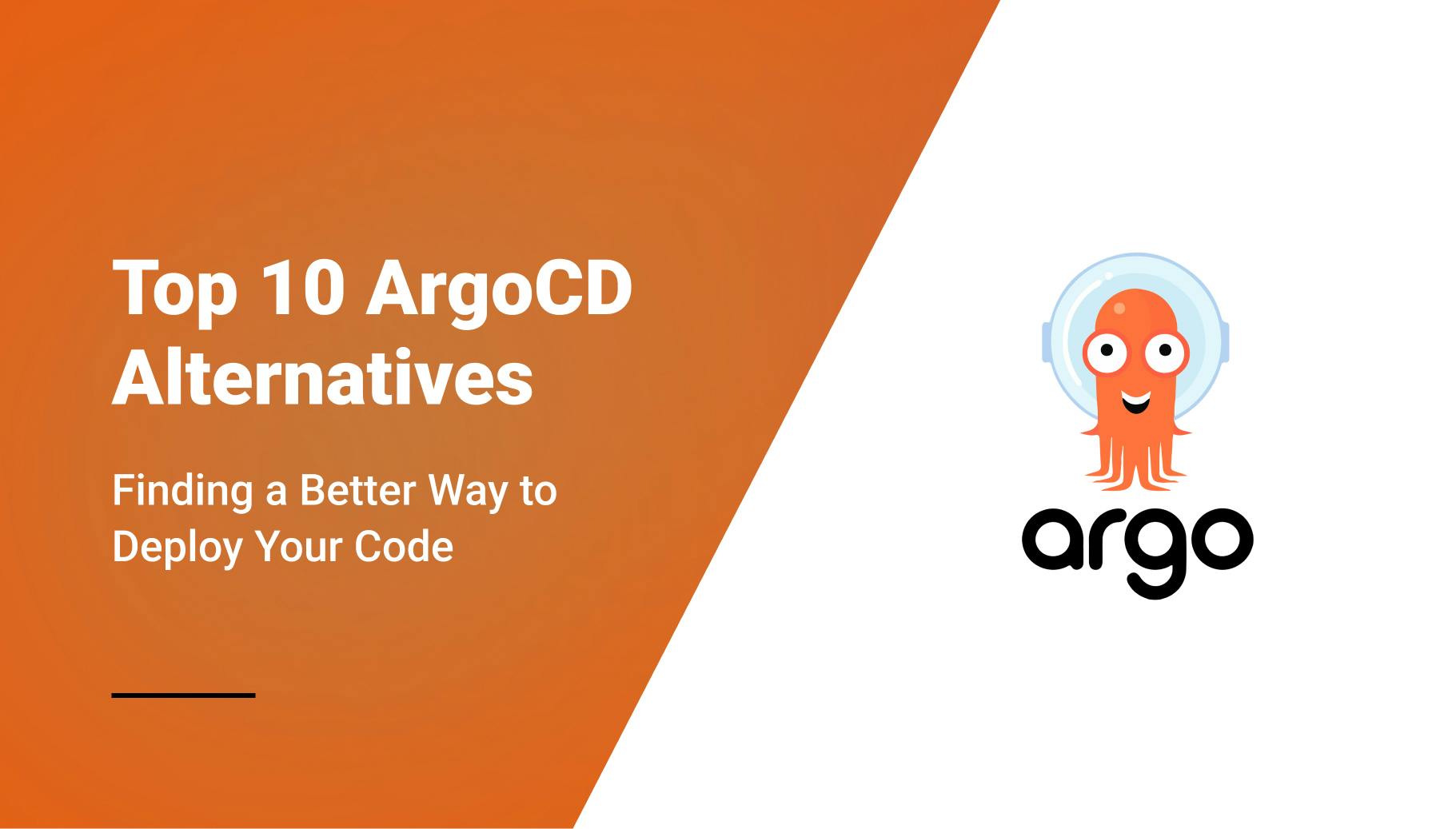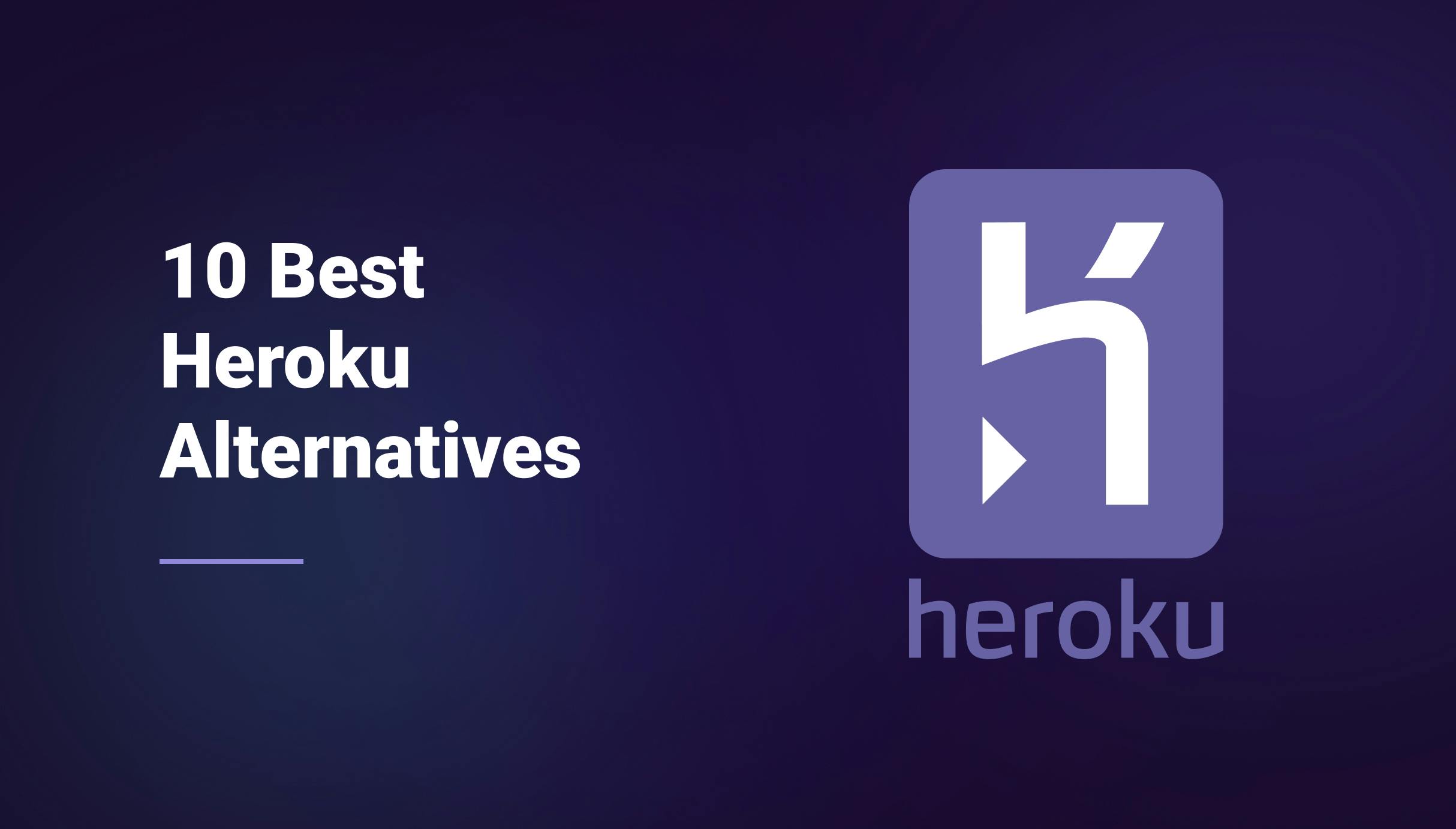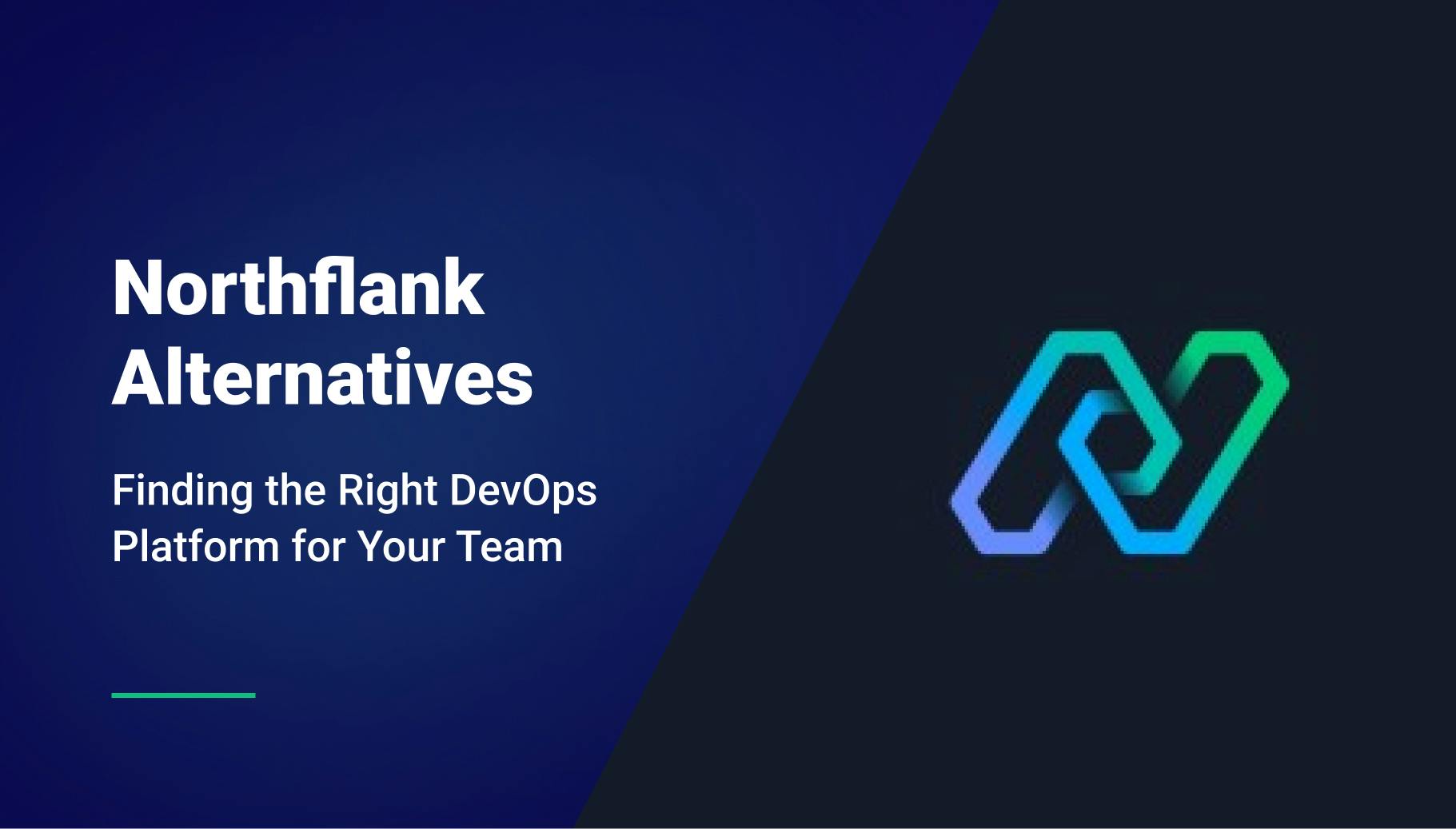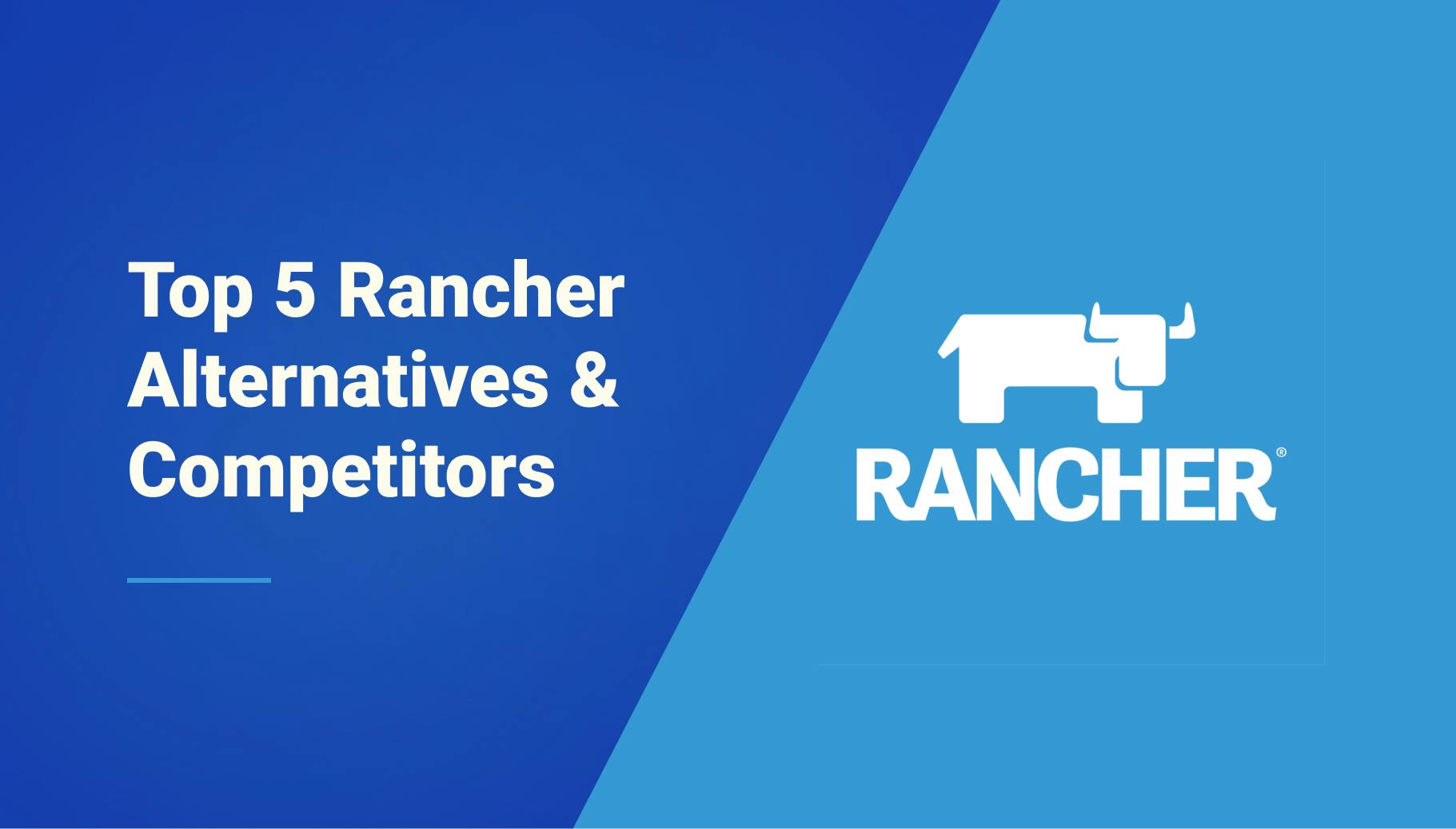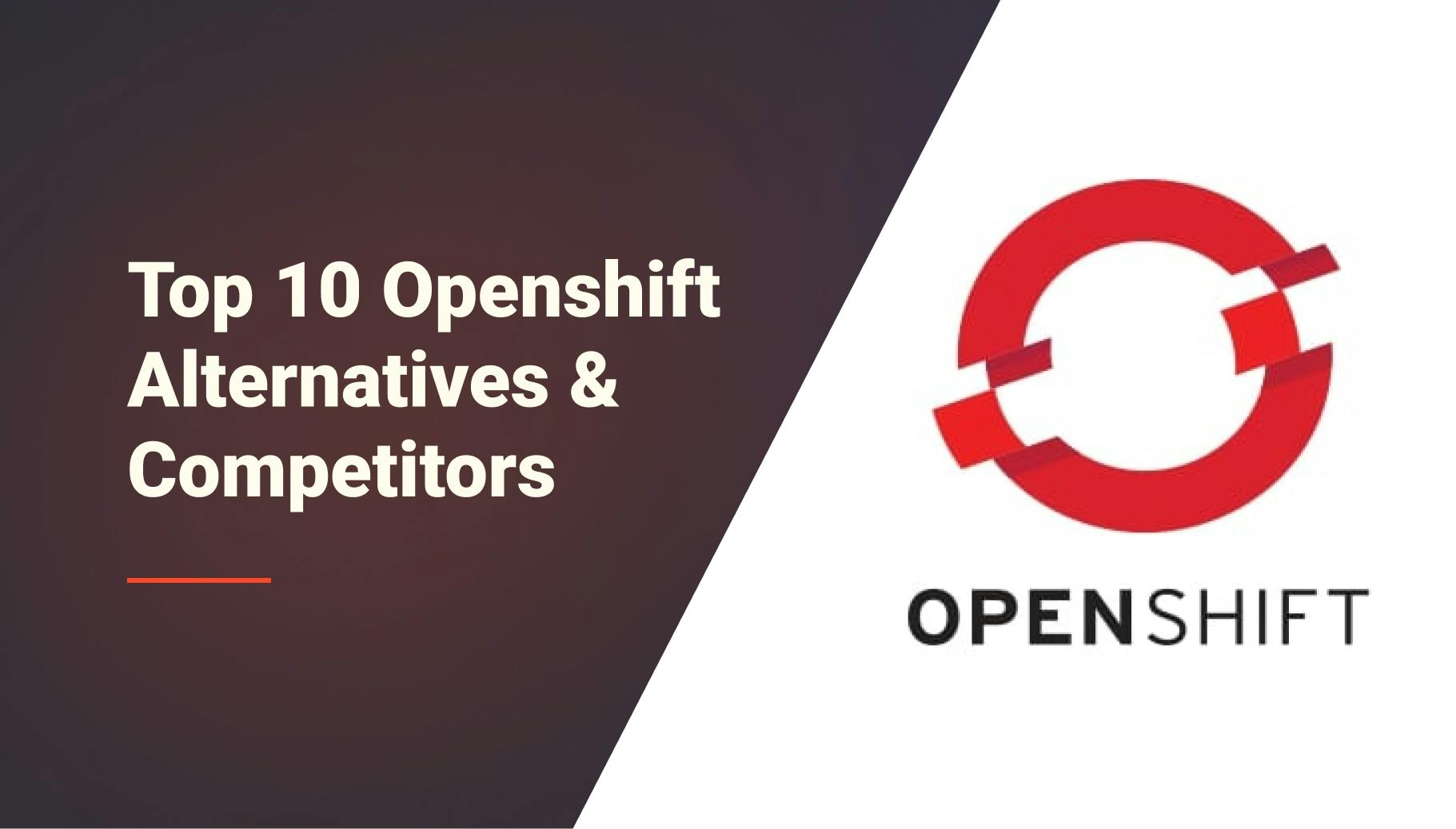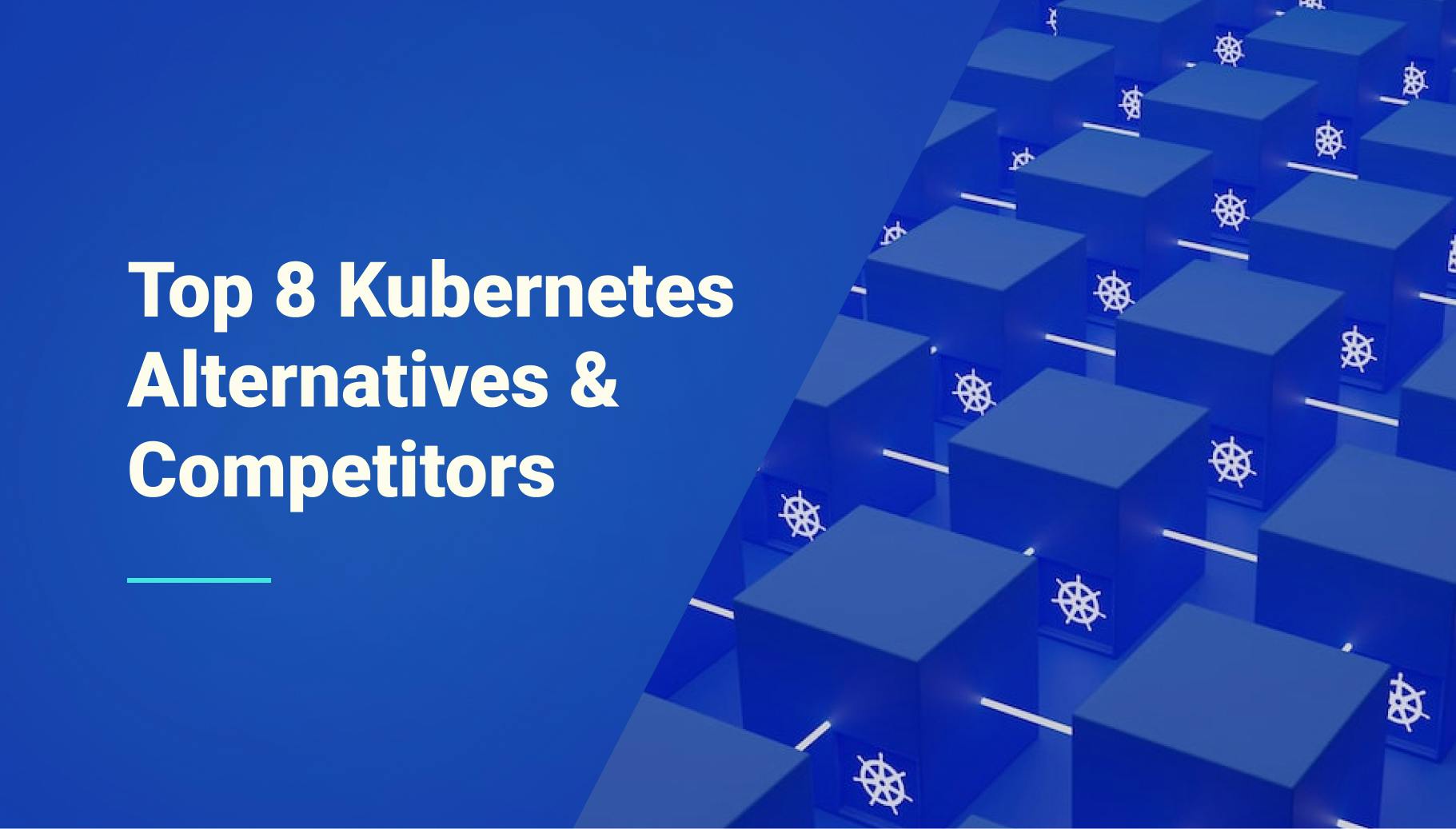Top 10 DuploCloud Alternatives: Choosing a Better Platform for Your DevOps Needs
Looking for a DuploCloud alternative? Explore why a full-stack platform like Qovery offers a faster, more developer-friendly solution. Compare the top 10 options to find a platform that simplifies DevOps and accelerates your deployments.

Mélanie Dallé
September 9, 2025 · 7 min read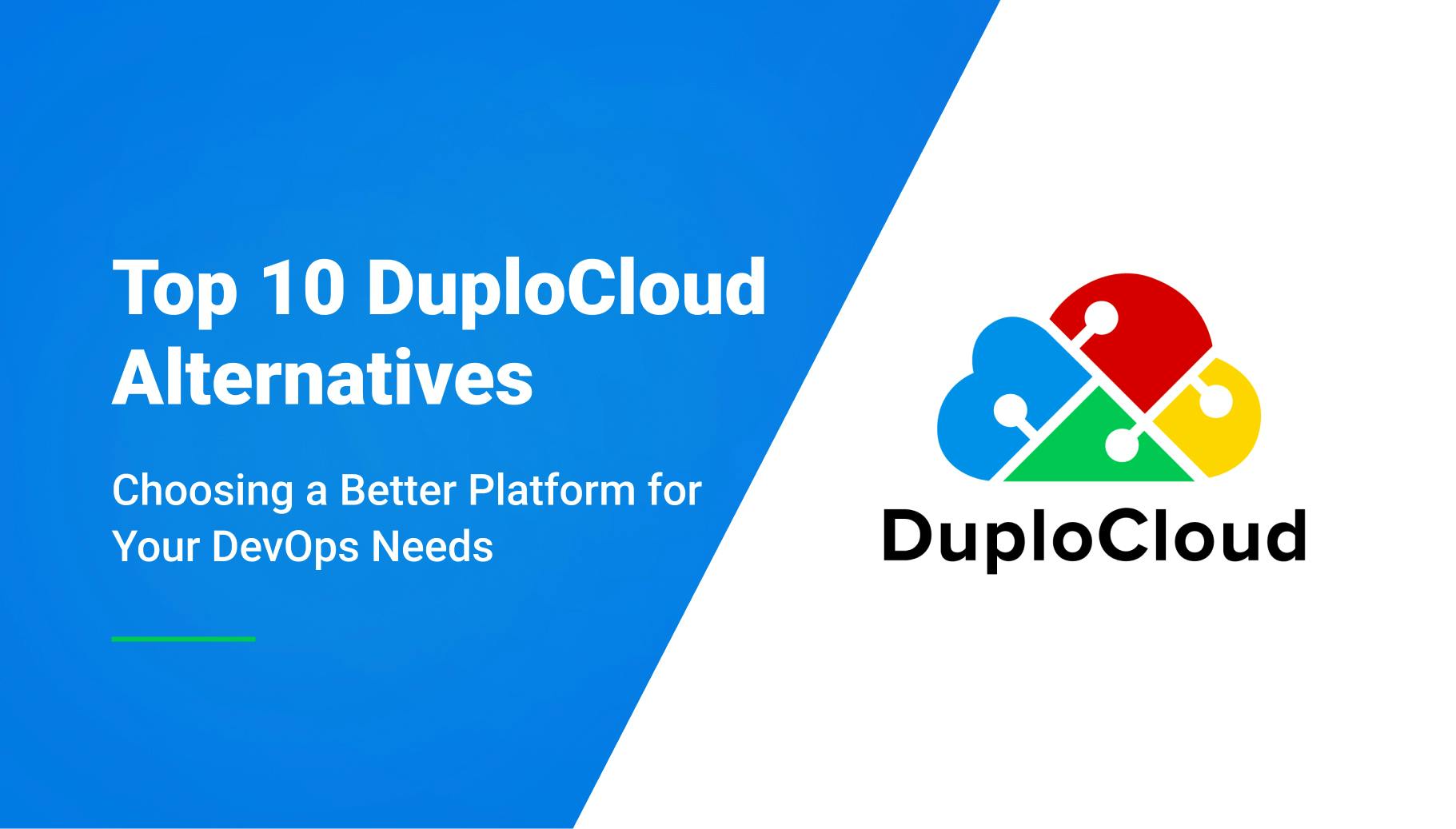
Key Points:
- Low-code isn't always the answer. DuploCloud's low-code approach automates infrastructure, but its focus on DevOps teams can be less intuitive for developers and lead to a slower, more complex setup process than a platform built for simplicity.
- A full-stack platform is a better solution. Unlike infrastructure-focused tools, comprehensive platforms like Qovery offer a complete, automated experience that handles infrastructure, deployment, and scaling from a single, easy-to-use interface.
- Qovery empowers developers with simplicity and control. It automates complex infrastructure and Kubernetes tasks, providing a simple "git push and deploy" experience while running on your own cloud account to ensure you maintain full ownership and avoid vendor lock-in.
DuploCloud has built a reputation for its low-code approach to automating infrastructure and compliance. It's a powerful tool for DevOps teams, but its focus on infrastructure management can sometimes create a barrier for developers, leading to a more involved setup process. For many, the low-code model can also create a dependency on the platform’s specific abstractions, potentially leading to vendor lock-in.
The truth is, a platform that simplifies and automates infrastructure is only half the battle. A full-stack solution that handles everything from infrastructure provisioning to application deployment and scaling is often a faster, more flexible path to value.
#The Top 10 DuploCloud Alternatives: Simplify Your DevOps Strategy
To help you find a platform that offers the simplicity and control you need, we've broken down the top alternatives to DuploCloud.
Here’s a look at how they stack up.
#1. Qovery
Qovery is a developer-centric platform that combines the simplicity of a PaaS with the power of Kubernetes. It automates the entire application lifecycle—from infrastructure provisioning to deployment and scaling—all on your own cloud account.
Pros:
- Complete Developer Experience: Qovery handles infrastructure, networking, databases, and more, so you don’t have to piece together multiple tools. It offers a simple "git push and deploy" workflow that abstracts away all Kubernetes complexity.
- True Automation: The platform automates the creation and management of infrastructure and applications, giving you a fast, reliable, and consistent deployment process.
- Full Control & No Vendor Lock-in: It runs on your AWS, GCP, or Azure account, giving you full data ownership and control.
- Enterprise-Ready: Comes with robust features like comprehensive RBAC, detailed audit logs, and SOC 2/HIPAA compliance.
Cons:
- As a managed platform, it offers less low-level control than a fully DIY setup with open-source tools.
#How’s Qovery different from DuploCloud?
- Developer-Centric by Design: Qovery's focus is on making developers autonomous with a "git push and deploy" workflow and user-friendly interface. It's built to empower application developers, not just infrastructure managers.
- Faster Time-to-Deploy: You can have a production-ready infrastructure and a fully-integrated platform on your own cloud in under 30 minutes. DuploCloud's focus on complex infrastructure management can lead to a more involved setup process.
- Flexibility and Control without the Overhead: Qovery gives you the flexibility to use a wide range of services on your cloud. You retain full control and can audit everything, without being locked into a low-code tool.

#Ready to modernize your workflow?
- 🚀 Sign up for Qovery’s trial.
- 📅 Book a demo to discuss how Qovery can accelerate deployments for your team.
#2. Terraform
Terraform is a powerful Infrastructure as Code (IaC) tool that allows you to define and manage your cloud infrastructure using a declarative configuration language.
Pros:
- Multi-Cloud Agnostic: Supports a vast ecosystem of providers, including AWS, Azure, and GCP, allowing for consistent workflows across different clouds.
- Infrastructure as Code (IaC): Represents infrastructure as code, enabling version control, reproducibility, and automation.
- State Management: Maintains a state file that maps your configuration to real-world resources, allowing for intelligent and predictable changes.
Cons:
- Steep Learning Curve: New users may find the concepts of state management, modules, and providers challenging to grasp.
- State File Complexity: Managing the state file can be a challenge for large teams and can lead to conflicts if not handled carefully.
- Limited Rollback: Lacks a native, automatic rollback feature, which can be problematic if an apply operation fails midway through.
#3. Porter
Porter is an open-source PaaS built on Kubernetes that aims to provide a Heroku-like experience on your own cloud.
Pros:
- Simple UI: Provides an approachable user interface for getting started with deployments.
- Open-Source Core: Benefits from the open-source community and can be self-hosted.
- Cloud Agnostic: Can be deployed on your AWS, GCP, or Azure account.
Cons:
- High Maintenance Burden: You are responsible for all platform-level updates, security patching, and troubleshooting.
- Lacks Flexibility: The closed add-on system limits your ability to deploy custom Helm charts or integrate with external tools.
- Not Enterprise-Ready: Lacks essential enterprise features like robust RBAC and detailed cost management.
#4. Northflank
Northflank is a managed PaaS that provides a developer-friendly experience for deploying and managing applications.
Pros:
- Friendly UI: Offers an intuitive interface for managing applications and resources.
- Integrated CI/CD: Provides a built-in CI/CD pipeline for automated deployments.
- Transparent Pricing: Clear, usage-based pricing model.
Cons:
- Limited Cloud Support: Primarily runs on its own managed infrastructure, with limited support for deploying to your own cloud accounts, leading to vendor lock-in.
- Not for Enterprise Scale: Best suited for startups and small teams and may lack the robust features required for large-scale, production-grade workloads.
#5. Heroku
Heroku is a pioneer in the PaaS space, known for its extreme simplicity and developer-friendly workflow.
Pros:
- Ease of Use: Offers an unparalleled simple "git push" deployment model.
- Add-on Marketplace: Provides a wide range of managed services (databases, monitoring, etc.) through its marketplace.
- Great for Prototyping: Ideal for quickly deploying small projects and prototypes.
Cons:
- Vendor Lock-in: A closed ecosystem that runs on its own infrastructure, locking you into its specific services and pricing. Recent, widespread outages have highlighted the risks of this dependency.
- High Cost at Scale: Becomes prohibitively expensive as your application and team grow.
- Limited Control: Offers limited control over the underlying infrastructure, performance, and security.
#6. Platform9
Platform9 is a SaaS-managed cloud platform that provides a simplified way to deploy and manage Kubernetes environments on any infrastructure.
Pros:
- Enterprise-Grade Features: Offers a robust set of features for large-scale production deployments, including high availability and disaster recovery.
- Kubernetes-Focused: Built specifically for managing Kubernetes, offering deeper integration and a wider range of features.
- Excellent Support: Provides dedicated customer support, which is critical for enterprise customers.
Cons:
- Cost: Can be expensive, especially for smaller deployments, and pricing is not always transparent.
- Complexity: While it simplifies Kubernetes, it still requires expertise to use effectively and can feel overwhelming to non-DevOps teams.
#7. Rancher
Rancher is a Kubernetes management platform that simplifies running clusters, particularly for teams with multiple clusters or on-premise deployments.
Pros:
- Multi-Cluster Management: Excellent for managing Kubernetes clusters across different cloud providers or on-premise from a single dashboard.
- User-Friendly Interface: Provides an intuitive UI for managing clusters and applications.
- Built-in Catalog: Includes a catalog of Helm charts for easy application deployment.
Cons:
- Setup Complexity: The initial setup can be challenging for beginners.
- Kubernetes-focused: While it simplifies Kubernetes, it still assumes a level of Kubernetes expertise and doesn't offer the full PaaS experience for developers.
#8. Mirantis Kubernetes Engine
Mirantis Kubernetes Engine is an enterprise-grade Kubernetes platform built on Docker technology.
Pros:
- Avoids Lock-in: Based on open standards, giving you the freedom to choose your own infrastructure.
- Focus on Apps: Provides a streamlined platform that takes care of the infrastructure, so you can focus on building applications.
- Leverages Open Source: Benefits from the collective knowledge of the open-source community.
Cons:
- Overkill for Small Teams: Its advanced features and capabilities may be too much for smaller projects or startups.
- Steeper Learning Curve: Requires a deep understanding of Kubernetes concepts.
#9. ArgoCD
ArgoCD is a powerful, open-source GitOps engine for continuous delivery to Kubernetes.
Pros:
- Powerful GitOps: Automates the synchronization of Kubernetes manifests from a Git repository.
- Open-Source & Community-Driven: Free to use and benefits from a large, active community.
- Highly Extensible: Integrates with other open-source tools like Helm and Kustomize.
Cons:
- Partial Solution: It’s a single tool for continuous delivery and doesn't handle infrastructure provisioning, networking, or other aspects of the application lifecycle.
- High Operational Burden: You are responsible for all setup, maintenance, and troubleshooting.
- Steep Learning Curve: Requires deep knowledge of Kubernetes manifests and configurations.
#10. FluxCD
Similar to ArgoCD, FluxCD is an open-source GitOps engine for continuous delivery.
Pros:
- Open-Source & Community-Driven: Free to use and benefits from a large, active community.
- Highly Extensible: Integrates with other open-source tools like Helm and Kustomize.
- Focuses on GitOps: Provides a solid, battle-tested engine for continuous delivery.
Cons:
- Partial Solution: It's a single tool for continuous delivery and doesn’t handle infrastructure provisioning, networking, or other aspects of the application lifecycle.
- Steep Learning Curve: Requires deep knowledge of Kubernetes, YAML, and other open-source tools.
- High Operational Burden: You are responsible for all setup, maintenance, and troubleshooting.
#Ready to Experience the Qovery Difference?
Qovery is a strong alternative to platforms like DuploCloud because it moves beyond infrastructure automation to provide a complete, developer-friendly experience. While DuploCloud helps DevOps teams with compliance and infrastructure, it can still feel complex and slow for the developers who actually need to deploy applications.
With Qovery, the entire process is streamlined and automated. You get a "git push and deploy" workflow that empowers your developers to ship code faster, all while running on your own cloud and maintaining full control.
- 🚀 Sign up for Qovery’s trial.
- 📅 Book a demo to discuss how Qovery can accelerate deployments for your team.
Your Favorite DevOps Automation Platform
Qovery is a DevOps Automation Platform Helping 200+ Organizations To Ship Faster and Eliminate DevOps Hiring Needs,
Try it out now!

Your Favorite DevOps Automation Platform
Qovery is a DevOps Automation Platform Helping 200+ Organizations To Ship Faster and Eliminate DevOps Hiring Needs,
Try it out now!
